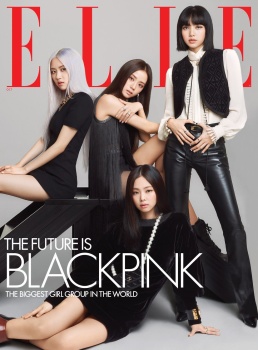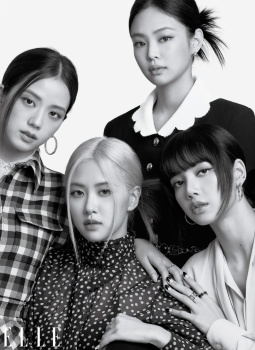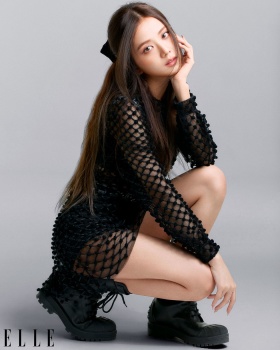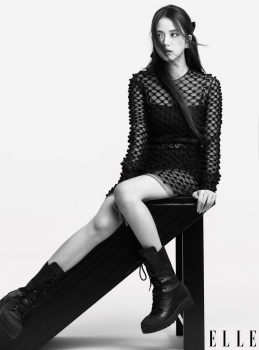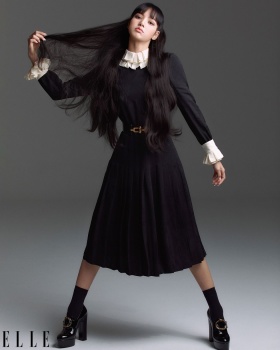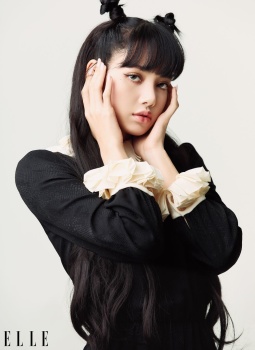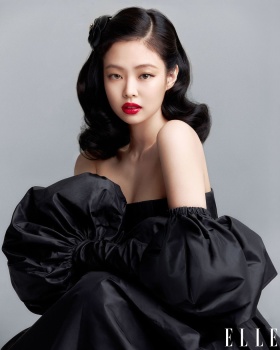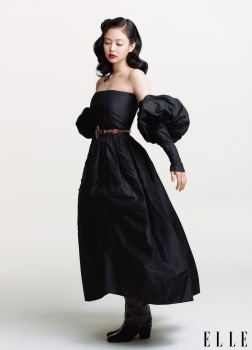[...] we forget that Vogue etc were primarily aimed at adult women with adult lives, with hard-won independence in so many ways, and no wish to return to a state of adolescence other than not accumulating so many wrinkles on your face.
Being adult was desirable and your passport to a glamorous life; being a teenager was being powerless.
But in a world where all that matters is chasing clicks online, that's all gone out the window, and we're all encouraged to regress or remain in a teenage mindset - it's being sold the most desirable state of existence.
I might have a cynical approach but I get the impression that magazines, from day one, have always targeted those willing to invest on them. If we go back in time, past the days (30-20 years ago) when magazines were okay with having 15 year old models on their covers but their content, paradoxically, constantly made references about the independent businesswomen as the ideal Vogue woman, we will see that the income of men via housewives preceded them, for much longer than women with a career or 30 year olds going on 13. Readers were quietly or explicitly told about the lifestyle of women who were charming enough to land a successful man and invested in their look enough to keep him, how to enjoy what he provided or how to surprise him with cooking or a smaller waist. During this time
and the days of the 'independent woman', fashion magazines were still the
only window to fashion for most women (and sophistication and making yourself more physically attractive).
This current switch happened after 9/11 and recessions ever since have only made fashion desperately pursue a younger audience. In catastrophic years like 2020, aided by a business that's already in decline, it's no surprise that they're pandering to an audience that includes actual children. So in addition to this type of strategies making me think it's pure survival to now target the income of a family (if you can afford to have children, you most certainly can afford to buy them a magazine) instead of the income of adults who statistically will not be able to even own a home for decades, I wonder if it's also growing, evidenced (through whatever marketing studies publications rely on now more than ever) disinterest among adult women.
I know women in their late 20s, early 30s who like fashion, dress well, invest their hard-earned money in it more than I ever will... but they don't buy fashion magazines. Personally, I bought them obsessively and even skipped school lunch so I could afford them when I was under 20. As I got older, and especially now in my early 30s, what could I possibly get from a fashion magazine? imagery I like? I'm picky about it, I may love one picture at the most so I'm not going to carry a whole book of undesirable content (how to diminish stretch marks, new anti-wrinkle technology, a Vogue editor realises she has PTSD, growing up discriminated in Alabama, can florals ever look good in a snowstorm?, who is Emma Chamberlain?, etc) based on one picture I can just get off the internet. Similarly, unless it's a habit you have kept for decades, I honestly don't understand why a grown woman with a hectic professional life (and an internet connection) would routinely buy fashion magazines, especially when it's not some one-of-a-kind one centered on in depth interviews or photography or art-oriented content but this commercial type that have
always been a compilation of little vapid notes about equally superficial and outdated observations on trending topics and general culture.... when you can just google whatever question you have (stretch marks, emma, PTSD) and get a variety of answers.
While the covers say 'we don't want to fold', I think the content is more ambitious than in previous decades by remaining centered on the aspirational for a diverse group: it alleviates a grown woman's insecurities (you now -without having to google- have a light clue on most stuff from cosmetic surgery to celebrities and fashion than you did before opening the magazine) and continues to make teenagers feel like their idols (in the case of this cover: all women in the early and mid 20s) are a part of a glossy, irresistible, glamorous world they would first have to be older and wealthier in order to get close to but it's so exclusive even then they might never even be able to enter it (fashion).
My conclusion is that while target groups change, social context take groups out of the equation sometimes, women in particular (thankfully) depend less on this type of publication, so magazines search and move on to a more naive, limited or curious group to rely on for sales, just like they always did...

